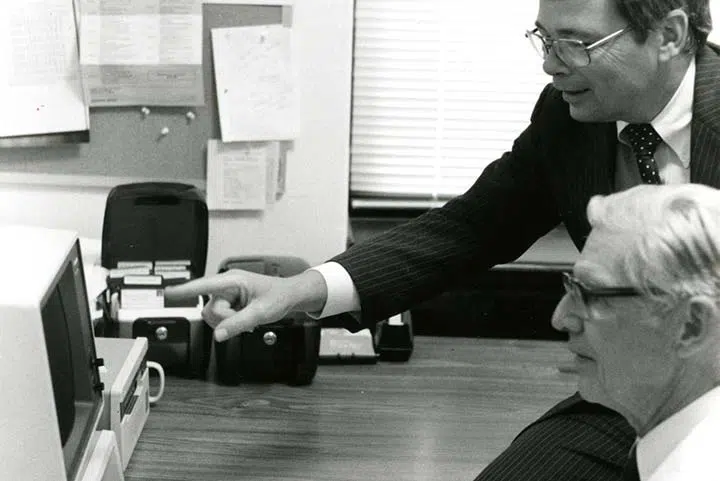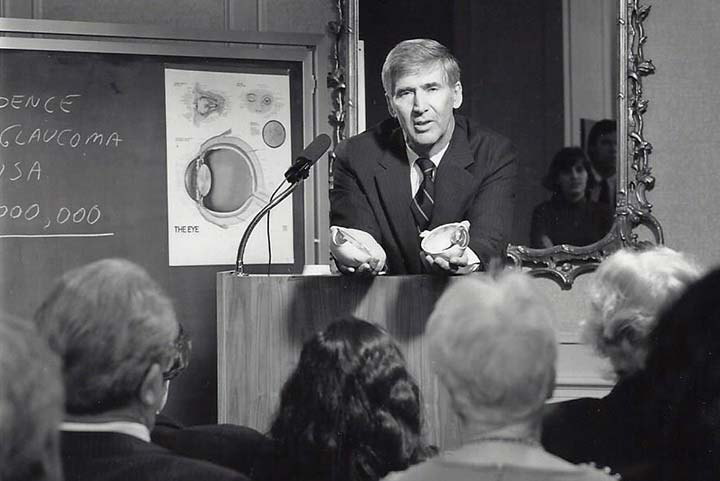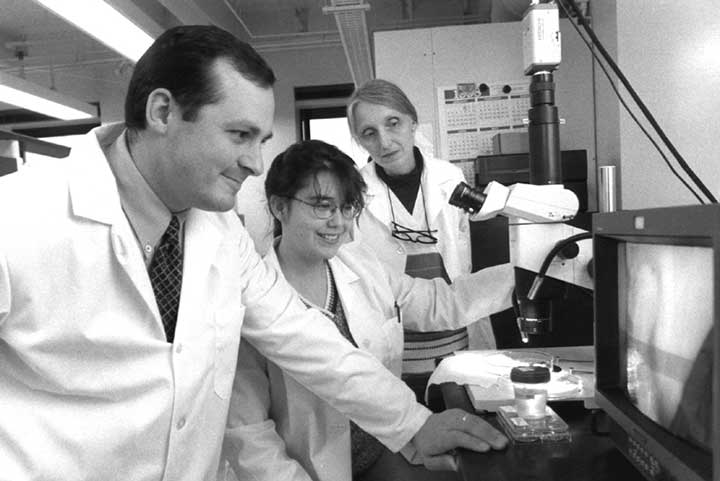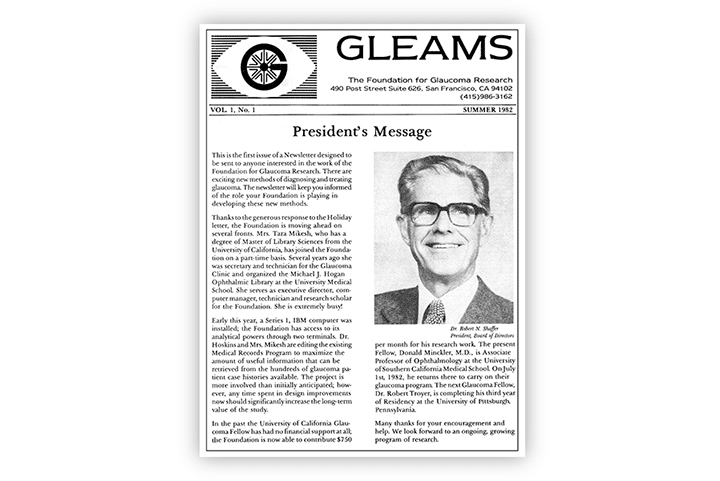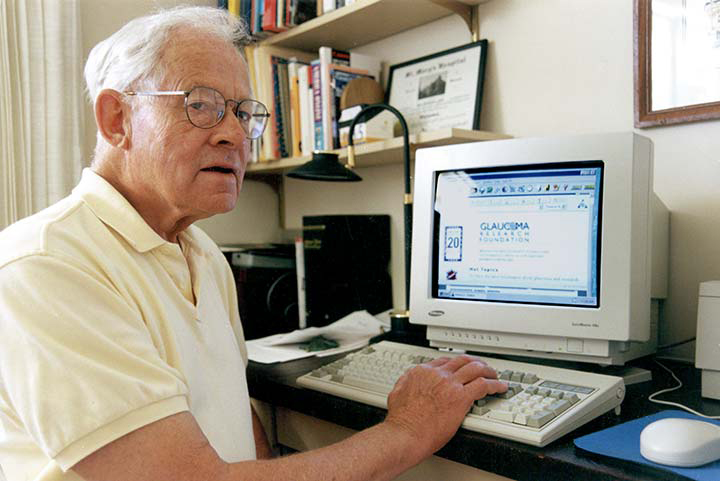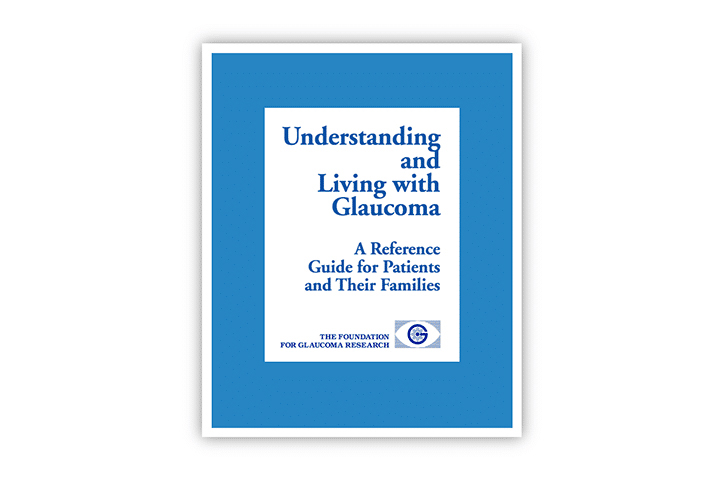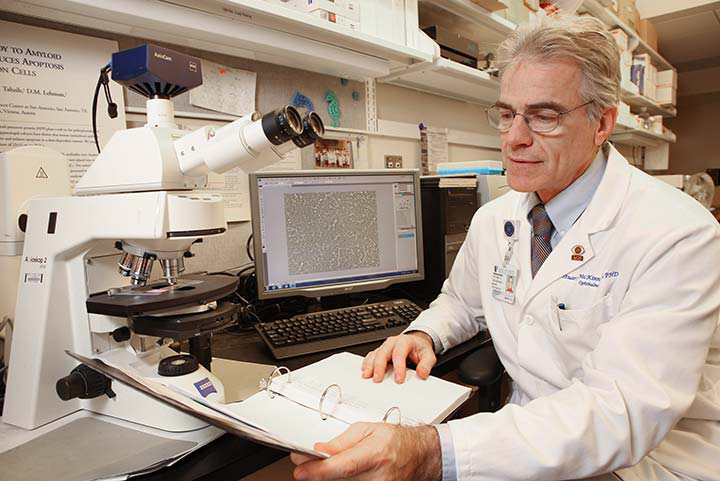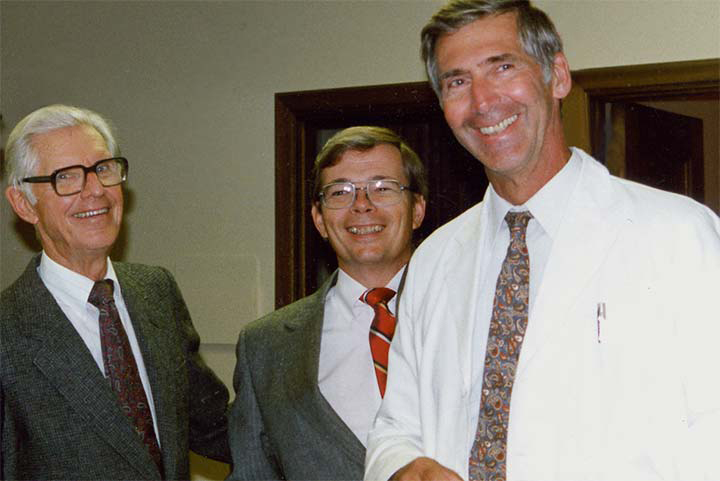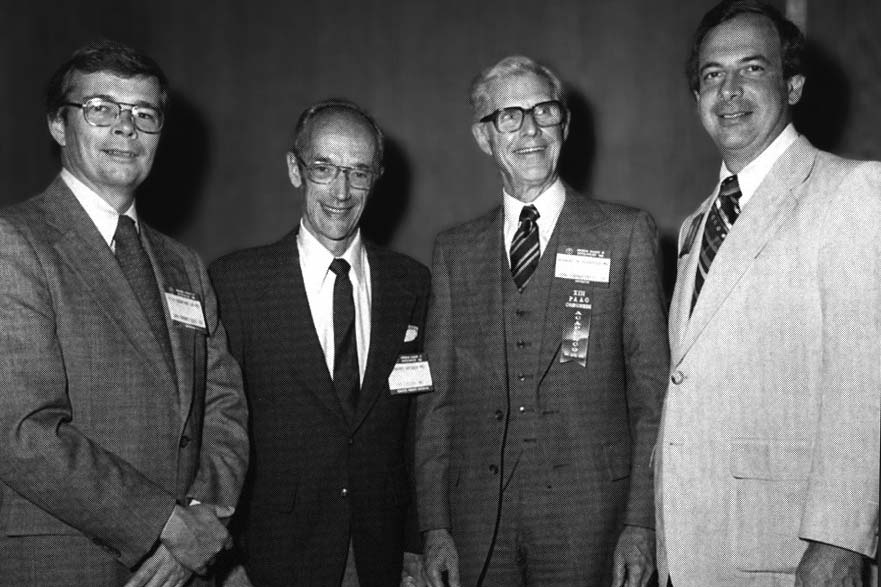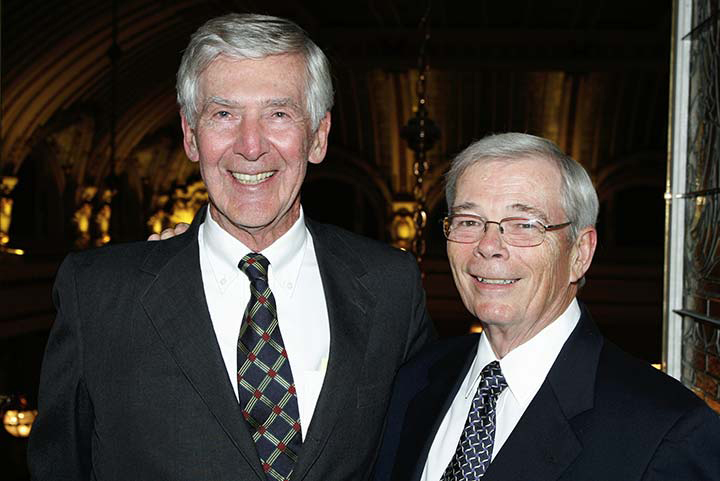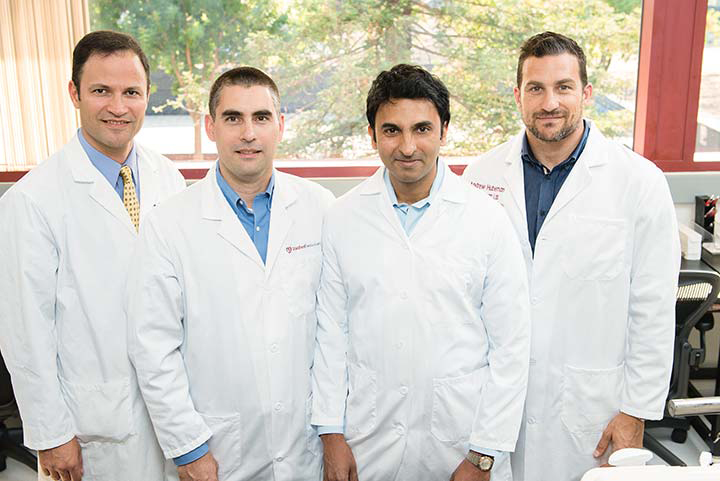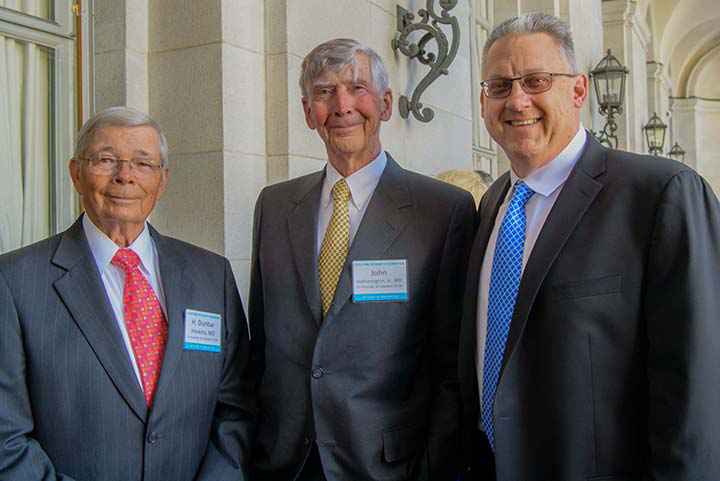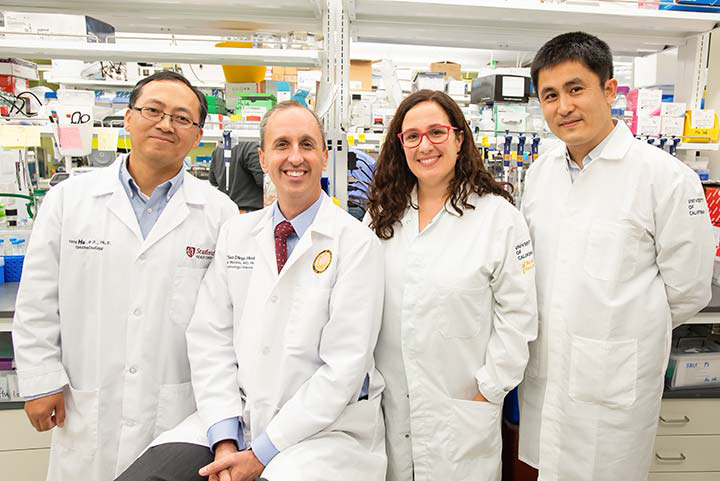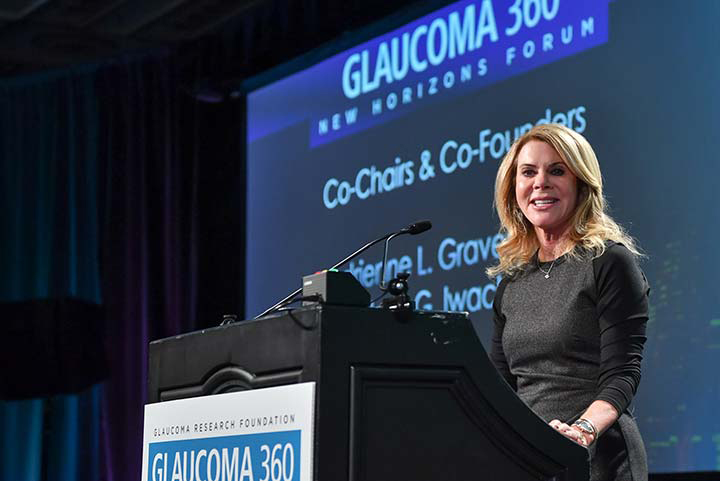Mission & History
The Glaucoma Research Foundation’s mission is to cure glaucoma and restore vision through innovative research.
For more than 45 years, we have funded groundbreaking laboratory and clinical research that is changing the course of glaucoma care. Our work would not be possible without the generosity and dedication of people around the world who share our deep commitment to a future free from glaucoma, for everyone.
Our Guiding Principles
Video: What It Takes to Innovate
Patients, donors, and leaders in glaucoma discovery and care explore what it means to share the mission of Glaucoma Research Foundation.
History
Founded in 1978 in San Francisco, the Glaucoma Research Foundation (GRF) was created to encourage innovative research to find better ways to care for people with glaucoma — the leading cause of preventable blindness.
H. Dunbar Hoskins Jr., MD (1940-2024) was former Executive Vice President of the American Academy of Ophthalmology and Board Director Emeritus for the Glaucoma Research Foundation. In San Francisco in the 1970s, Dr. Hoskins was a partner in a practice led by Robert Shaffer, MD (1912-2007), one of only a handful of ophthalmology practices in the country specializing in glaucoma. John Hetherington, Jr., MD (1930 – 2020) was also a partner in the practice at the time.
In 1961, Shaffer had already distinguished himself as one of the leading clinicians in glaucoma when, working with Dr. Bernard Becker, he wrote the definitive text, Diagnosis and Therapy of the Glaucomas.
“We weren’t seeing enough hope for our patients back then,” remembers Dr. Hoskins. “We desperately needed better treatments. But there weren’t that many researchers interested in the field. We knew we needed some breakthroughs, and urgently. But we also knew we needed to expand the field of glaucoma research and bring more innovative thinkers. We thought this kind of entrepreneurial research would be a catalyst for others, and we could accelerate the rate of discovery.”
And so, in 1978, Drs. Shaffer, Hoskins and Hetherington founded the Glaucoma Research Foundation, now America’s oldest and most experienced national institution dedicated solely to its mission: to cure glaucoma and restore vision through innovative research.
From our founding up until today, and into the future, we’ve relied on the generous support of the community, and more importantly, on your active involvement to raise awareness, spread the word of our mission, and encourage others to aid our goal of curing glaucoma. The heart of our history has been the people who get involved.

